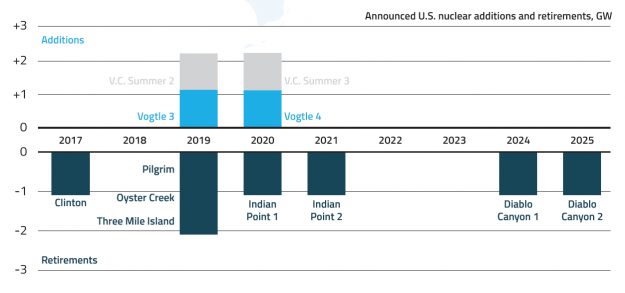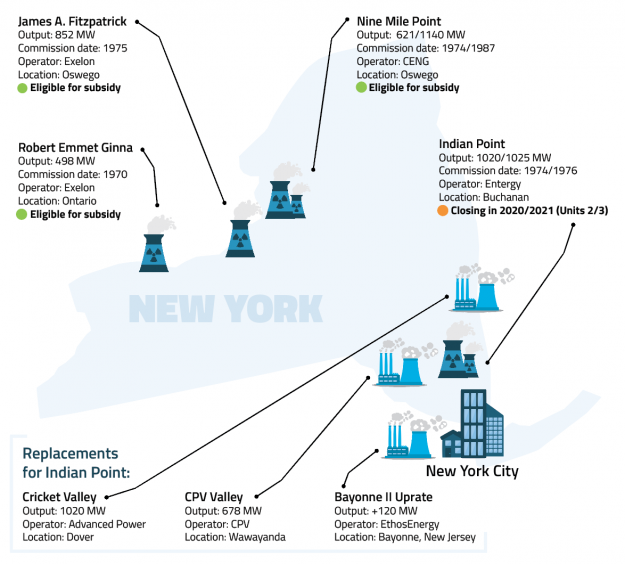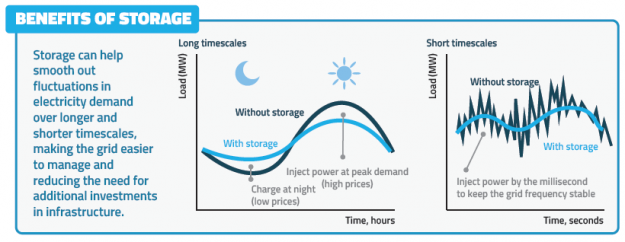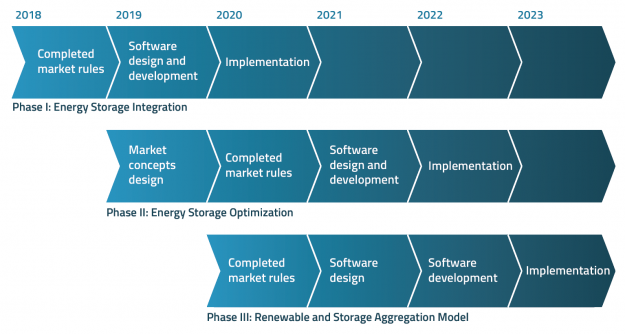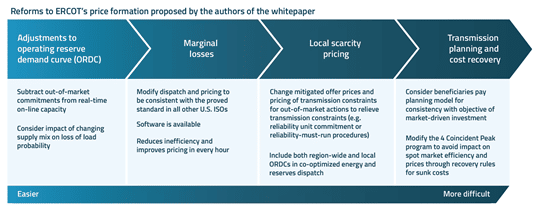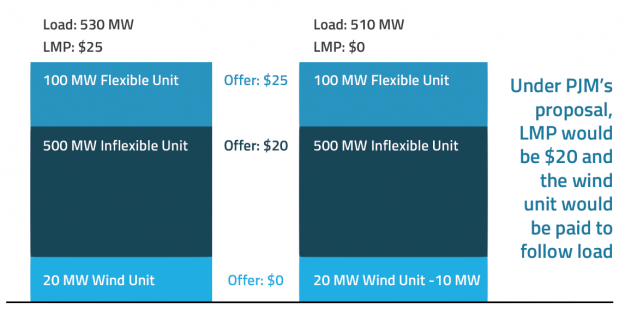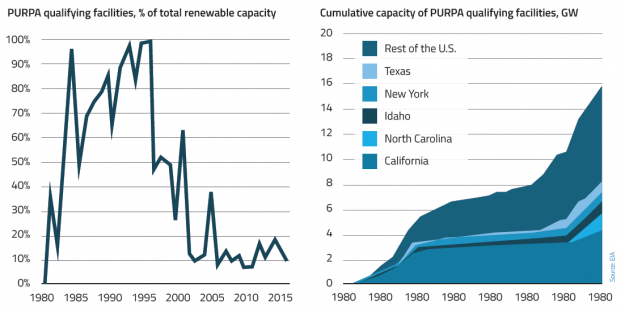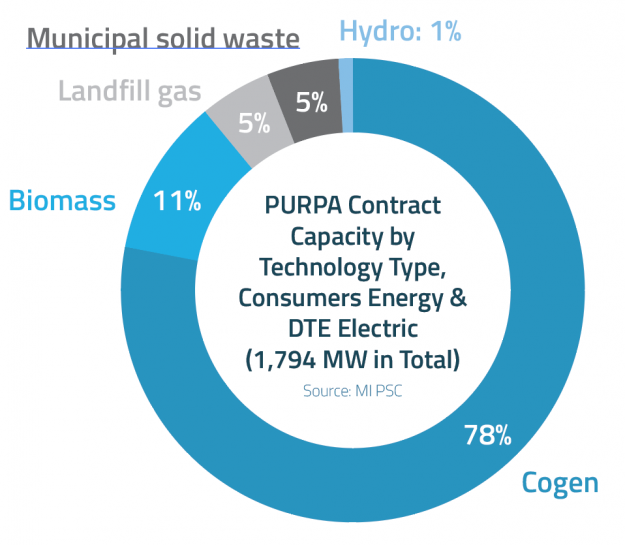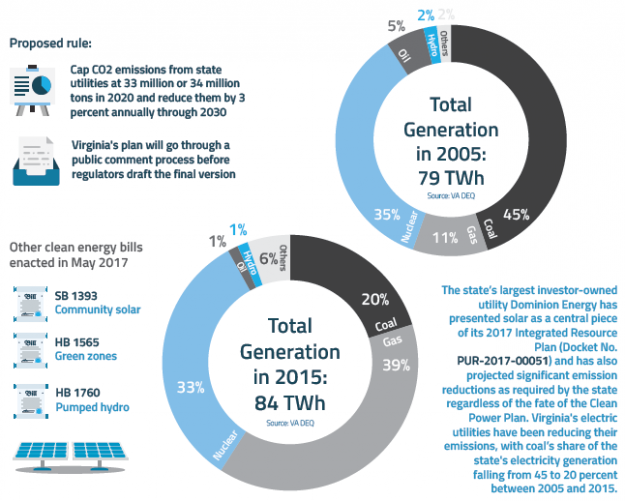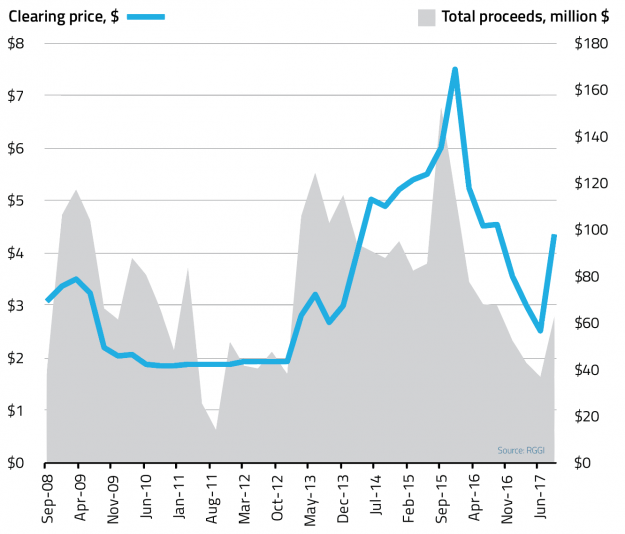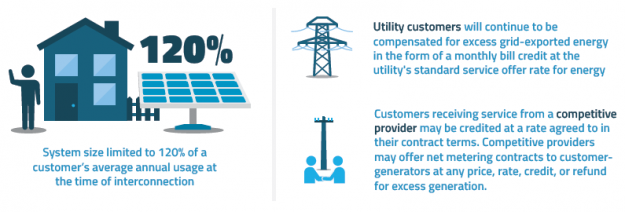EnerKnol’s Visual Primer – Five Power Industry Trends to Watch in 2018
Over the past five years, the power industry has evolved at a faster pace because of several simultaneous trends reflecting a broader shift from coal to natural gas and renewables. The changing fuel mix, growth in renewables, and evolution of distributed energy resources are among the key causes catalyzing this transformation. In 2018, most of these trends are expected to continue or accelerate.

